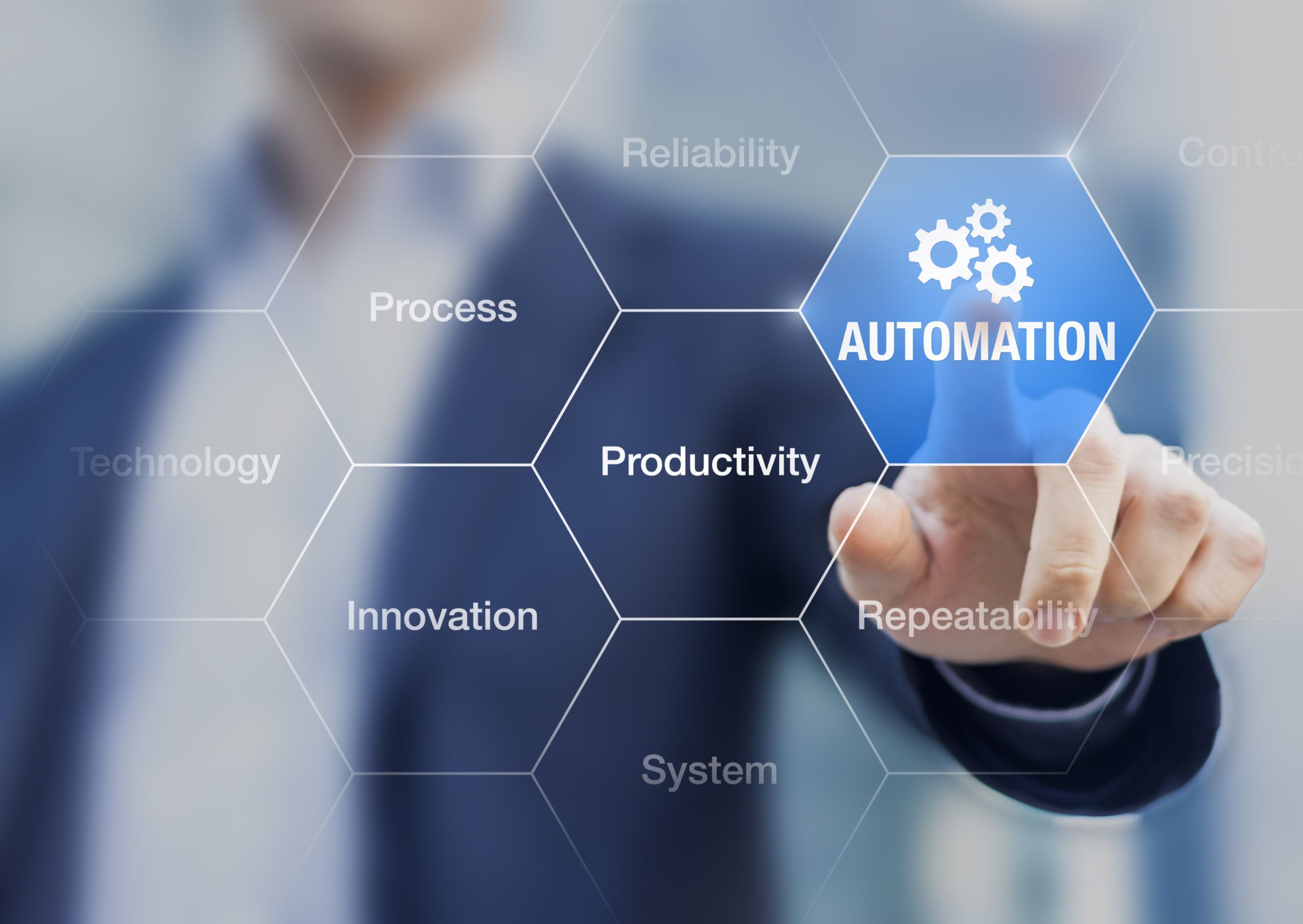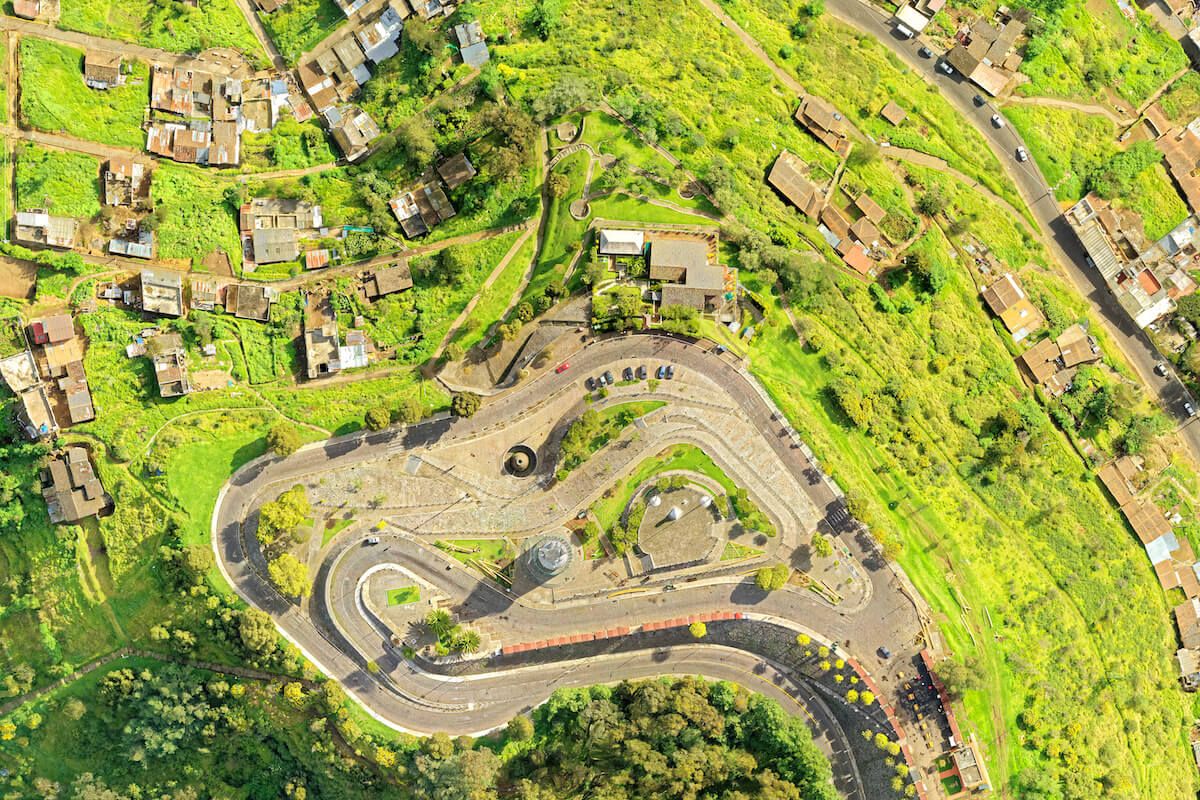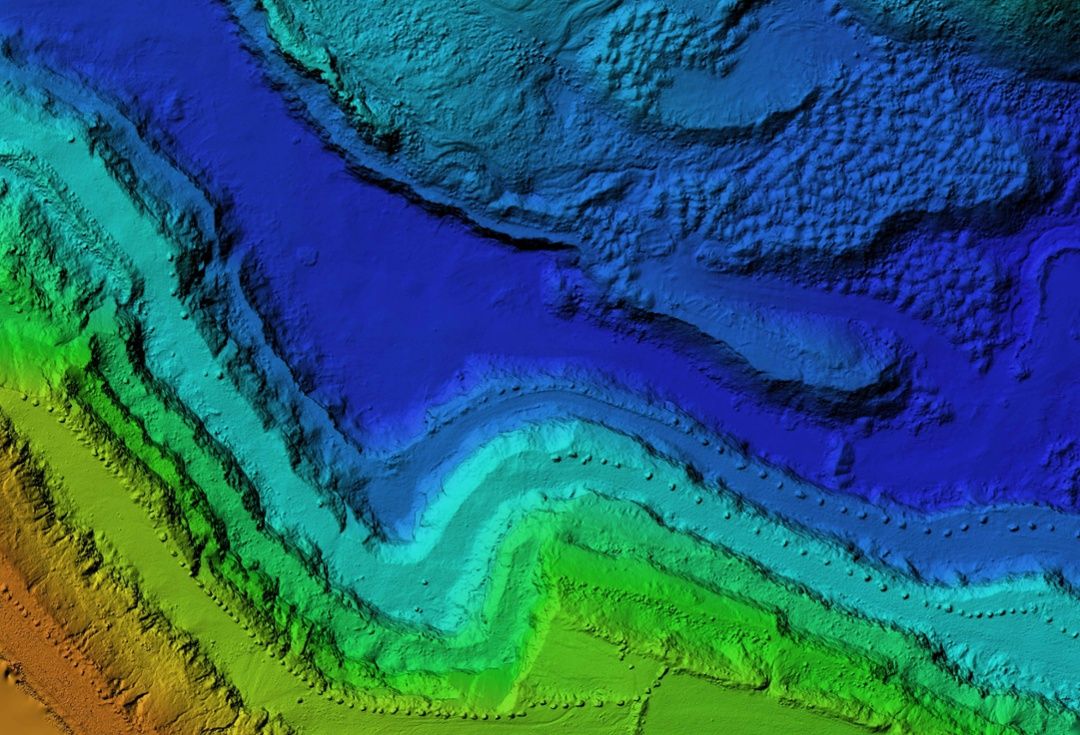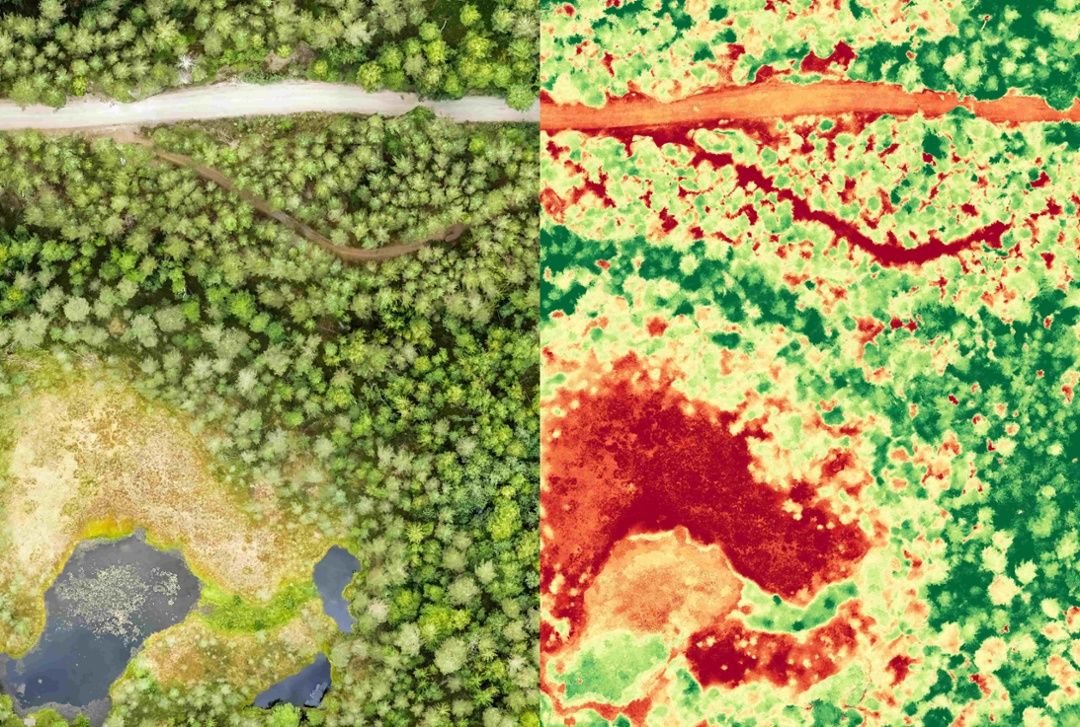Archives
- July 2023
- June 2023
- May 2023
- April 2023
- March 2023
- February 2023
- January 2023
- December 2022
- November 2022
- October 2022
- September 2022
- May 2022
- April 2022
- March 2022
- February 2022
- January 2022
- November 2021
- October 2021
- March 2021
- July 2020
- May 2020
- April 2020
- March 2020
- December 2019
- October 2019
- September 2019
- June 2019
- May 2019
- April 2019
- September 2018
- June 2018
The Aerial Perspective Blog
GIS, Drone Mapping, and Artificial Intelligence (AI) — The High Tech Behind Business Results

When you couple intelligent algorithms and predictive capabilities with the precision of geographic information systems (GIS) and drone technology, you get razor-sharp analysis on aerial insights. Equipped with advanced mapping software, unmanned aerial vehicles (UAVs) — more commonly known as drones — use sensors to capture, measure, transmit, and store multiple layers of data, detecting trends and patterns in real time.
From infrastructure asset management to disaster assistance, improved insight through geospatial AI is closing information gaps for better, more informed decision-making.
Compared to legacy practices, today’s drone mapping missions are smarter, faster, and more accurate — and that’s translating into time and money.
For innovative companies looking to stay ahead of the curve, the ability to quickly and economically gather location-based precision data is a differentiator. If you’re not innovating, you can bet your competition is. Here’s how GIS and advanced drone mapping software are bringing aerial insights to a broader array of business intelligence applications.
Geospatial AI — Richer Insights, More Accurate Predictions, and Better Decision-Making

Machine-learning techniques — like prediction, classification, and regression — have been applied to GIS for years. But, success often required human guidance in the way of adjusting parameters of algorithms and creating preset definitions. Recent advancements in AI offer richer insights, with new statistical patterns for even better predictive analytics, and autonomous drone mapping for improved efficiency and reduced cost.
For example, geospatial AI can classify land cover in satellite imagery, extracting information at scale. Smart machines understand geospatial surroundings — both images and unstructured textual data — collecting information autonomously and processing it in real time. Analytics powered by deep learning lead to more robust insights, more accurate predictions, and better decision-making.
Real-World Applications of Geospatial AI
Integrating GIS with AI-powered drone mapping allows machines to perceive and understand the world in powerful new ways. Advanced capabilities for collecting, analyzing, and predicting geographic- and location-based data have far-reaching benefits for agriculture, energy, construction, and even emergency response. With automation of both enhanced data exploration and powerful visualization, geospatial AI is delivering robust and timely insights across industries.
Agile Logistics and Supply Chain
eMarketer estimates worldwide retail e-commerce sales will top $27 trillion in 2020. Today’s customers expect faster, more reliable delivery of goods and services. But, beyond retail — from restaurants to pharmacies and everything in between — logistics and supply chain management need to be agile in order to compete.

Drones help streamline logistical infrastructure by tracking weather, traffic, and other external events to optimize the supply chain with insights and predictive analytics, helping anticipate and respond to disruptions. Businesses that embrace AI-powered drone mapping technology realize increased speed and optimized product delivery.
Safe, Affordable Land Surveying
Using near-infrared cameras, surveyors can map land mass quickly and more affordably. Image-optimization software organizes, analyzes, and selects the best images for planning and resource allocation, and drones provide remote access to dangerous or polluted areas that pose risks to humans.
Optimized Construction Planning
Drone imagery improves workflow on construction sites, giving decision-makers spatial data to oversee areas relevant to project planning and reporting. Near-infrared photos deliver real-time field updates, improving workflow and increasing production.
Easy Infrastructure Asset Management
Drone software equipped with machine learning and sophisticated computer-vision algorithms deliver faster, better insights about infrastructure assets. For example, in the wake of a natural disaster, drones can assess structural damages to commercial buildings and properties quickly and efficiently.
Reliable Disaster Assistance
Drones and advanced mapping technologies save lives when disaster strikes. With near real-time situational awareness of people, homes, businesses, and infrastructures during disasters, drones have quickly become a resource that first responders turn to time and again.

Drone and GIS technologies responded to the recent volcanic eruption of Kilauea in Hawaii. Using advanced imaging tools, spatial analytics, and GIS mapping, drones monitored the ongoing eruption in real time, even identifying an unseen fissure. Using thermal sensors technology, data on the volcano was collected and analyzed to predict lava flow rate at night when manned helicopters were unable to fly.
The Takeaway
The U.S. Federal Aviation Administration (FAA) predicts the commercial drone industry will increase fourfold by 2022, with 450,000 unmanned aerial vehicles in U.S. airspace. The market is growing rapidly, and it’s creating a new model for how businesses capture, store, analyze, and display data based on a specific geographic reference.
Paired with smart drone technology, AI can improve supply chain efficiency and optimize delivery, enhance land-survey and infrastructure-inspection techniques, and contribute to disaster assistance and prevention.
In the end, advanced drone mapping technology enhanced by AI creates a better environment for creating and communicating insights to decision-makers and stakeholders. With quick deployment times and low maintenance costs, drones provide a mobile mapping system for collecting high-resolution spatial data that’s easy, cost-effective, and efficient.
Mapware — A Smart Solution to Process and Manage Drone-Captured Data
Want to learn more about how AI and drones can help your business beat the competition? Contact our team of experts. With years of drone data collection experience in the most intense disaster-response situations, we have the tools and operations you need to establish a drone data program that’s successful from the very first mission. Improve your company’s situational awareness, get an edge on competition, and strengthen your defense posture against infrastructure’s ever-changing threat landscape with better, faster information.

Join our mailing list to stay up to date on the latest releases, product features and industry trends.
Mapware needs the contact information you provide to us to contact you about our products and services. You may unsubscribe from these communications at any time. For information on how to unsubscribe, as well as our privacy practices and commitment to protecting your privacy, please review our Privacy Policy.


